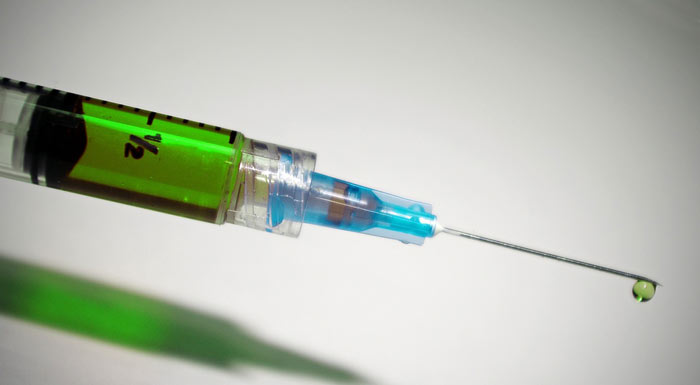
Immunoglobulins are a crucial piece of our immune systems and they develop when we are in the womb. They play a very important role in the defense of our body and their structural stability is essential to their functionality. Immunoglobulin therapy has, in recent years, become the most suitable treatment for many disorders and has given patients the chance to improve their quality of life.
Immunoglobulins
Immunoglobulins, also known as antibodies, are large proteins used by the immune system to neutralize pathogenic bacteria and viruses. They are secreted by differentiated B cells called plasma cells, and the part of our immune system responsible for their production is known as humoral immunity.
Antibodies are ‘Y’ shaped glycoproteins; they can be found free in the blood plasma or attached to the membrane of a B cell where they behave as receptors. Once a pathogen, known as an antigen, enters the body, it is recognized by a specific immunoglobulin (1). Both of these molecules bind together and this opsonization triggers an immune response that will initiate the attack of the antigen mediated by the macrophages. The interaction of antibodies and other cells in the immune system is possible due to a conserved part in the base of the ‘Y’ called Fc region. The immunoglobulin can sometimes neutralize the antigen by blocking the part of the pathogen that can cause disease (2).
There are five types of antibodies called isotypes: IgA, IgD, IgE, IgG and IgM with IgG being the most abundant and the only immunoglobulin that crosses the placenta and provides the fetus with immunity against many pathogens. It can also be transported in calostrum and milk together with IgA and IgM (3).
Immunoglobulin Therapy

Immunoglobulin therapy is the use of antibodies to treat disorders related to the deficiency of one or more of them in the body. Examples of such disorders include: primary immunodeficiency, Kawasaki disease, measles and many other autoimmune, cardiovascular and infectious diseases, cancer and inflammation (4).
Immunoglobulin therapies have become increasingly popular. Since their first monoclonal synthesis in 1975, laboratories have faced many challenges to produce effective antibodies in vitro. High production costs associated with the utilization of large mammalian cell cultures and extensive purification methods, along with the limitations to produce stable immunoglobulins with high affinity and specificity and the complexity of optimizing antibody attributes are some of the big obstacles for the pharmaceutical industry (5).
The application of sophisticated molecular design, genetic engineering, new recombination techniques and the use of modern equipment to measure binding affinity, stability and solubility have given scientists the tools to create immunoglobulins with more complex properties. This is the case with bispecific antibodies, which are able to recognize two epitopes (the part of the antigen that is recognized by the immune system) in the same or in different antigens (6). In addition, the improvement in the colloidal stability and the conformational (folding) stability of antibodies made possible the development of antibody-drug conjugates (ADCs) that have revolutionized immunoglobulin therapies (5).
Today, laboratories are focused on improving antibody-design methods that will increase the attributes of antibodies and reduce the side effects. These ongoing improvements are a good indicator that the future of immunoglobulin design is very promising.
SOURCES
1. Janeway CA Jr, Travers P, Walport M, et al. Immunobiology: The Immune System in Health and Disease. 5th edition. 2001. New York: Garland Science.
2. Alberts B, Johnson A, Lewis J, et al.Molecular Biology of the Cell. 4th edition. 2002. New York: Garland Science
3. Hurley W, Theil P. Perspectives on Immunoglobulins in Colostrum and Milk. Nutrients. 2011 Apr; 3(4): 442–474.
Published online 2011 Apr 14. doi: 10.3390/nu3040442
4. Chames P, Van Regenmortel M, Weiss E, Baty D. Therapeutic antibodies: successes, limitations and hopes for the future. Br J Pharmacology. 2009 May; 157(2): 220–233. doi: 10.1111/j.1476-5381.2009.00190.x
5. Tiller K, Tessier P. Advances in Antibody Design. Annu Rev Biomed Eng. 2015; 17:
191–216.
Published online 2015 Aug 14. doi: 10.1146/annurev-bioeng-071114-040733
6. Brinkmann U, Kontermann R. The making of bispecific antibodies. MAbs. 2017 Feb-Mar; 9(2): 182–212. Published online 2017 Jan10. doi: 10.1080/19420862.2016.1268307






